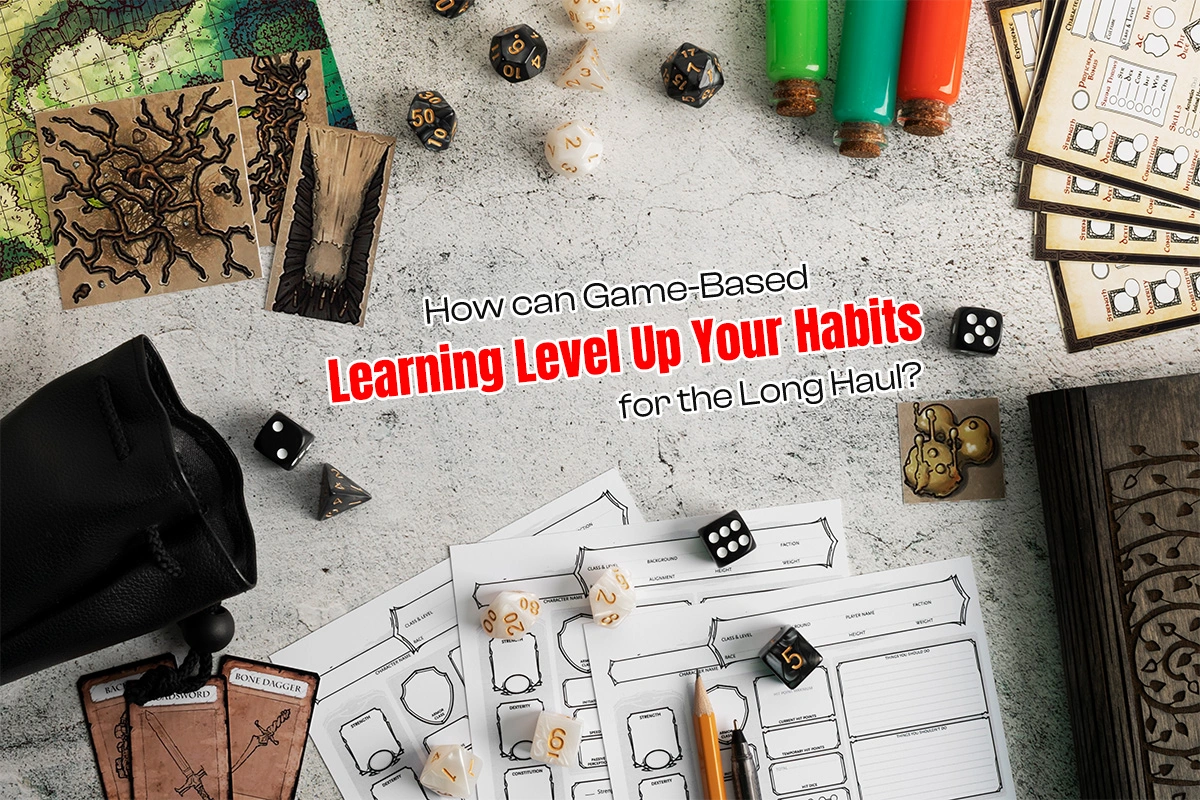
- Finance, games
- September 20, 2024
How can Game-Based Learning Level Up Your Habits for the Long Haul?
Do you believe that game-based learning effectively engages students and encourages a deeper understanding of academic concepts?
Reflect on a time when you learned something important through play or a game. How did it change your perspective on the subject? This is where game-based learning comes in. Something that has revolutionized the learning process through leveraging on our love to play and compete.
Understanding the Concept
Game-based Learning transforms routine activities into exciting missions and alters learning into a thrilling experience rather than a tiresome process. When adding things like points, levels, and rewards into game-based learning, students find motivation in enduring difficult phases and even celebrate their small victories at every level. This way of presentation not only attracts attention but also aids the learners to understand as they are allowed to try out, make mistakes, and then try again.
The Evolution of Game-Based Learning
From Classic Board Games to Modern Educational Games
The fact is game-based learning has changed a lot since the days of old-school board games. Remember the traditional games like Monopoly and Scrabble that have been praised for their teaching value? But newer educational games have made this idea even stronger. Digital simulations and creative updates to old-school game forms are both common in today’s educational games for kids.
The Rise of Online Learning Games
One of the things that’s happened lately is how online learning games have exploded in popularity. These websites make it really simple and enjoyable for students to look at learning materials whenever and wherever they want. Online games have become great tools for teachers, from apps that help you learn a language to interactive science exercises.
Play-Based Learning: A Close Cousin
The method closely related to game-based learning is play-based learning, which is truly receiving more and more attention, particularly in the context of young children education. This method realizes that children are most receptive when they’re learning through play and when they are engaging in concrete practical experience. Some of the ways through which teachers can make learning more fun and effective is by incorporating some play into the lessons.
Enhancing Student Engagement
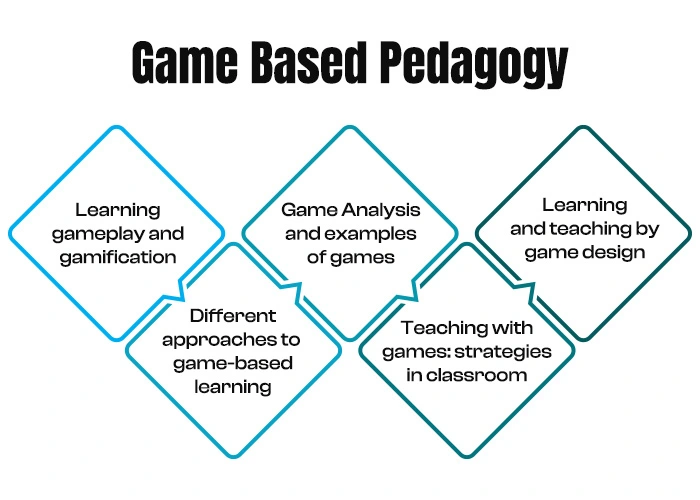
This is one area where game-based learning has a major advantage and is able to increase the level of students’ interest. Old strategies used to engage students generally do not hold the learners’ attention, especially when there are other attractive distractions online. But this very aspect of motivation, which games tap into, can be used by educators to design lessons that students in fact welcome.
Some key elements that make game-based learning super engaging are:
1. Instant feedback: When you play a game, you get feedback right away. This helps students understand what their choices mean.
2. Gradual challenges: As players get better, the game gets harder, which keeps things interesting while still being doable.
3. Working together and competing: Many games let players work together or compete with each other, this helps them learn from each other.
4. Elements of a story: Stories and figures help people understand and remember difficult ideas.
Adding these fun elements to educational games can make even the most difficult topics fun to learn about. Game-based learning is a fun way to learn, whether you’re learning about history through role-playing games or math through hard tasks.
The Science behind Game-Based Learning
Research in cognitive psychology and neuroscience supports the effectiveness of game-based learning. When we play games, our brains release dopamine, a neurotransmitter associated with pleasure and learning. Besides building a positive attitude towards what is being learned, this chemical response helps in creating stronger neural networks, which are assumed to guarantee long-term memory.
Furthermore, the cognitive aspects of the solutions in many games engage the prefrontal cortex, which is the hub of higher mental activities such as decision-making and critical thinking. In this way, playing games as a form of instruction, students actually enhance these skills, which help them in the learning process and in further curriculum.
Examples of Successful Educational Games
Let’s check out some educational games that really made a difference:
Minecraft Education Edition: It is a fun take on the popular sandbox game that lets kids learn about history, science, and math in a cool 3D world.
Duolingo: This language learning app turns learning a new language into a game by giving users points, levels, and daily tasks to keep them interested.
Kerbal Space Program: This space flight simulator wasn’t made to be used as a teaching tool, but teachers love it for showing how physics and engineering work.
Classcraft: This game turns the school into an exciting adventure, and your growth in the game depends on how well you do in class and how you act.
For all ages and courses, these games show that learning through play can work. This makes school more fun and open to everyone.
Bringing Game-Based Learning into the Classroom
It’s great to learn through games, but it takes some planning and thought to make it work well. If a teacher wants to use games in their lessons, here are some ideas:
1. Match games with learning goals: Choose games that back up what you’re teaching.
2. Have fun while also thinking: Let students talk about and think about their gaming experiences and how they connect to what they’re learning.
3. Play both online and board games: Online games are fun, but don’t forget how much fun physical games and activities can be.
4. Encourage teamwork: Many games let you play with other people, which is a great way to improve communication and cooperation skills.
5. Keep track of progress: Look at game statistics and regular tests to see how your students are doing and change how you teach them if you need to.
The Future of Game-Based Learning
With all the growth in technology, learning through games is about to get even better. With virtual and augmented reality, learning will feel very real and interesting. Artificial intelligence will also add custom games that will change on the fly to fit each student’s learning style and speed.
Also, expect the lines between fun and education to blur even more. We may see more collaborations between game developers and educators, resulting in high-quality educational games that are as engaging as commercial titles.
Levelling Up for the Long Haul
Game-based learning is a powerful tool of learning that is inherent to the way people’s brains acquire knowledge and skills. Therefore, the next time that you feel trapped playing a particularly enjoyable game, then perhaps there is something to learn after all. For a student, an educator, a learner in pursuit of self-improvement, or simply a gamer, game-based learning is an engaging way to progress your knowledge/skill set for the long run.
Be the first to review “Message Financial Board Game Cancel Reply
RELATED POSTS
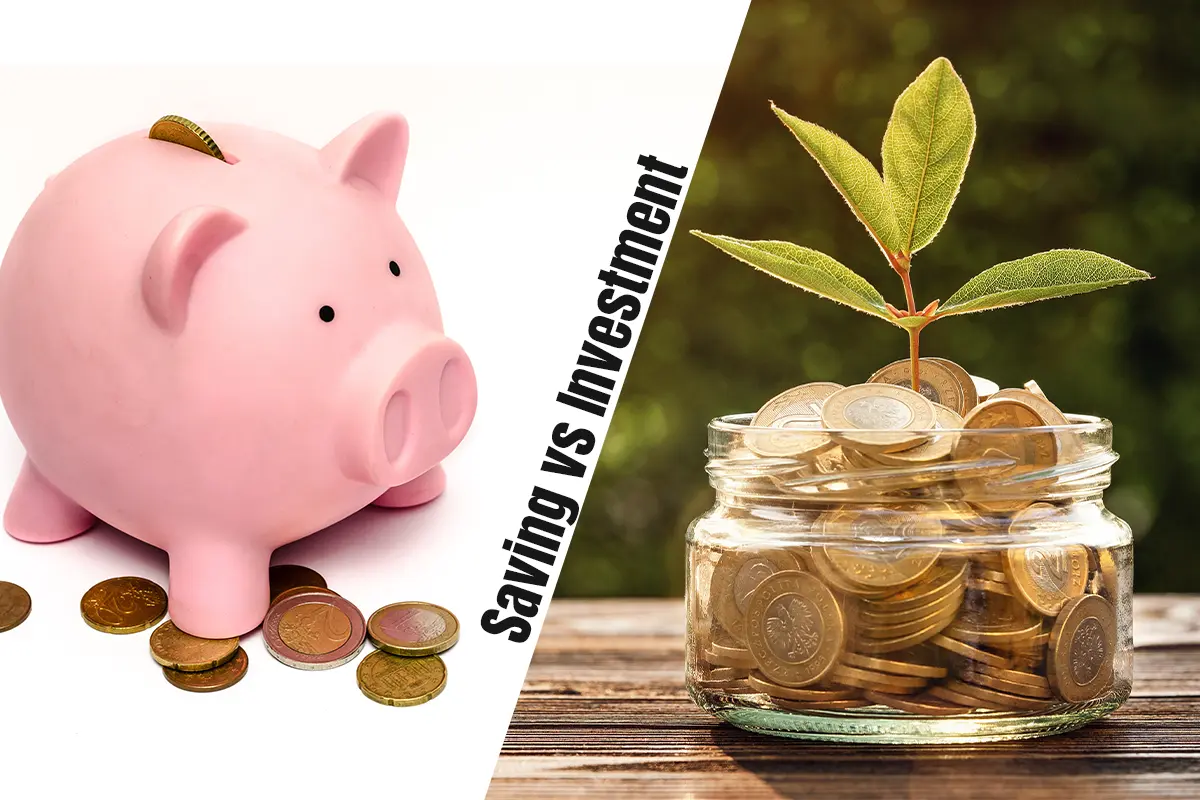
- Finance
- September 30, 2024

- Finance
- September 26, 2024
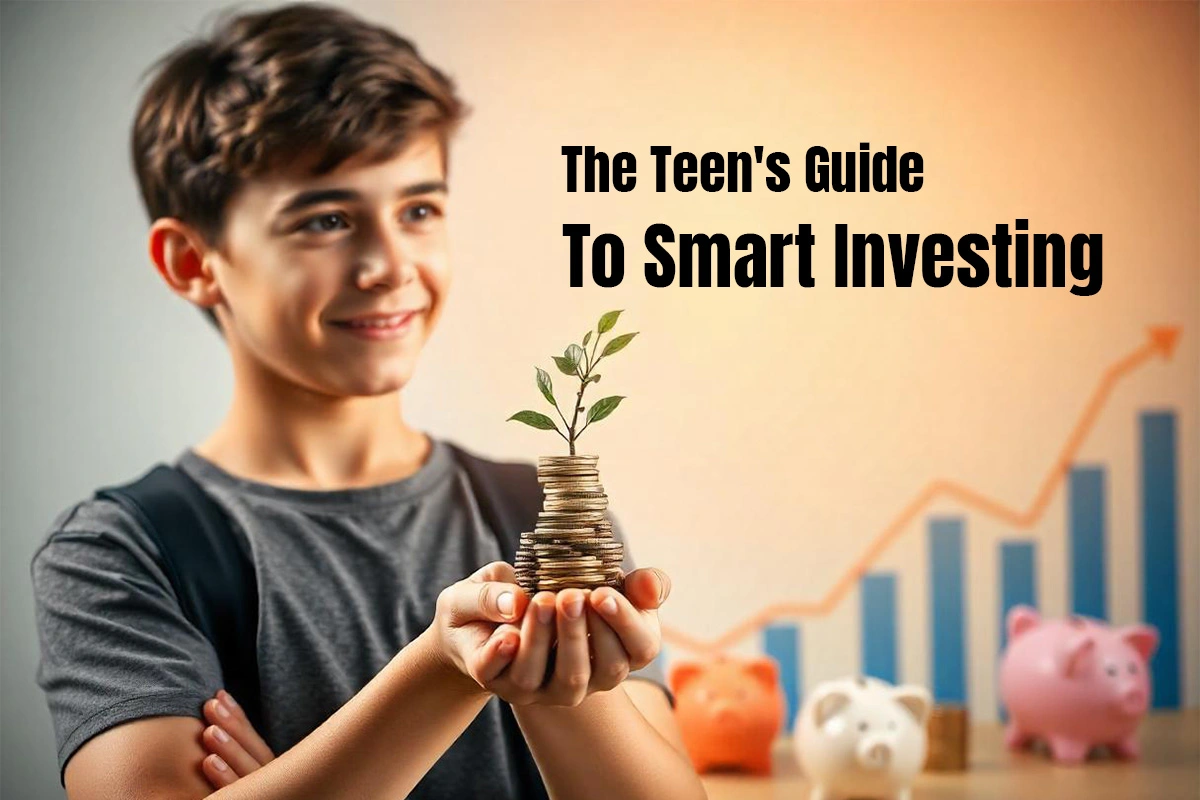
- Finance
- September 23, 2024
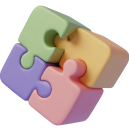
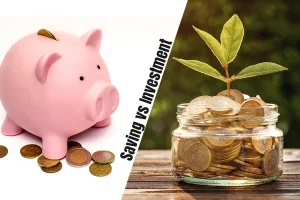


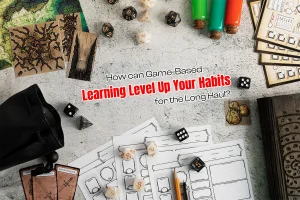
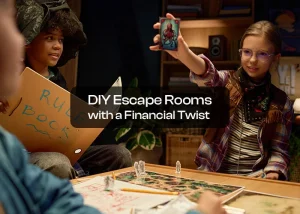
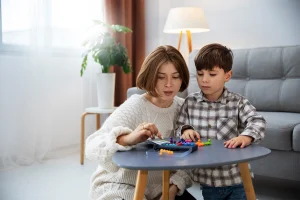



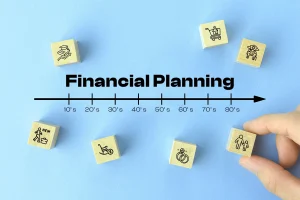

wxWzzwVikkQ
zlz3rQ6fZ30
I like the efforts you have put in this, thankyou for all the great posts.
I¦ll immediately clutch your rss as I can’t to find your email subscription link or newsletter service. Do you’ve any? Kindly permit me realize so that I may just subscribe. Thanks.
I was examining some of your blog posts on this site and I believe this website is really instructive! Keep on posting.
Its wonderful as your other posts : D, thankyou for putting up.
Hmm is anyone else encountering problems with the images on this blog loading? I’m trying to determine if its a problem on my end or if it’s the blog. Any suggestions would be greatly appreciated.
I visited a lot of website but I conceive this one has got something extra in it in it
Hi! Do you know if they make any plugins to help with SEO?
I’m trying to get my website to rank for some targeted keywords but I’m not seeing very good results.
If you know of any please share. Thank you! I saw
similar text here: Wool product
There is noticeably a bundle to know about this. I assume you made certain nice points in features also.